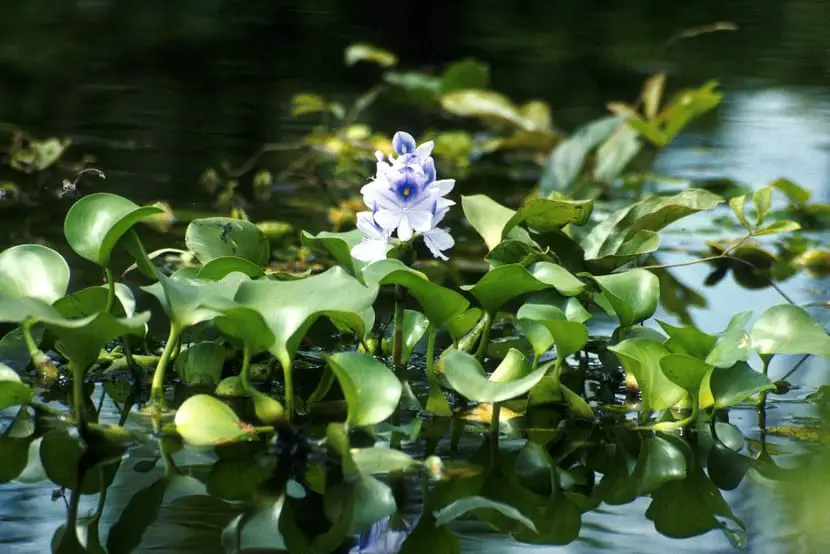
Our aquatic plants live in water and in addition to offering beauty and uniqueness, they fulfill important functions by keeping the water clean and preventing algae from proliferating.
There are many species and different varieties of aquatic plants, being some very popular and other exotic specimens that are hard to find. But today we will dedicate ourselves to knowing the basic types of aquatic plants In order to have a general overview and know in which waters we sail when buying the first copies.
Deep sea aquatic plants
They are those plants that despite living in an aquatic environment need to have their roots in the ground, that is, these roots settle at the bottom of the pond while the plant emerges on the surface.
There deep sea aquatic plants which are very popular like the Water Lilies although there are also the Blue Star, Nynphoides creanta or the Lotus Flower.

Floating aquatic plants
As the name implies, these are aquatic plants that always float on the surface. They are showy and easy to grow as they do not need to be planted since it is enough to put them in water.
Some of the most common are the water hyacinth, the water lettuce or the duckweed …

Oxygenating aquatic plants
These plants are very important in any pond because in addition to offering beauty they are important to keep the water clean and free of algae. Thanks to its leaves that remain submerged, the plant absorbs minerals and carbon dioxide, preventing the proliferation of algae.
Although its flowers appear on the surface, it is not a showy plant so it is usually combined with others. Among the most popular are Ceratophyllum, Vallisneria, Elodea, and Laragosiphon major.
Aquatic plants of riverside or margins
As their name indicates, they are plants that live in water but always on the margins or edges, peeking out about 5 to 10 cm. Some examples are the Acoro, the Yellow Lily or Cyperus.
And one more
There is a type of plant that, although not aquatic, is considered as such because it is those that, although they do not live in water, need to do it next to it, in the nearby areas they require a very humid and flooded soil. These include bamboos, ferns, Nemesia and certain varieties of Primroses.

